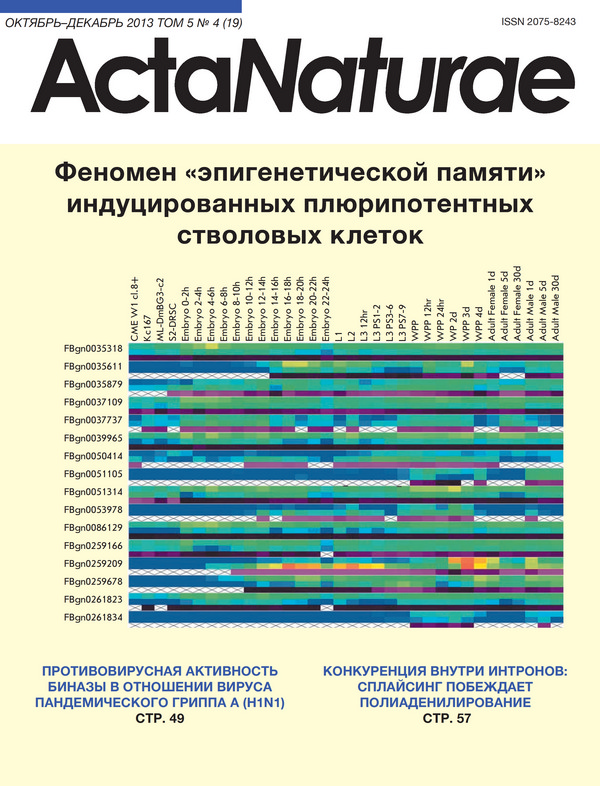Alu- and 7SL RNA Analogues Suppress MCF-7 Cell Viability through Modulating the Transcription of Endoplasmic Reticulum Stress Response Genes
- Authors: Baryakin D.N.1, Semenov D.V.1, Savelуeva A.V.1,2, Koval O.A.1, Rabinov I.V.1, Kuligina E.V.1, Riсhter V.A.1
-
Affiliations:
- Institute of Chemical Biology and Fundamental Medicine, Siberian Branch of the Russian Academy of Sciences
- Novosibirsk State University
- Issue: Vol 5, No 4 (2013)
- Pages: 83-93
- Section: Research Articles
- Submitted: 17.01.2020
- Published: 15.12.2013
- URL: https://actanaturae.ru/2075-8251/article/view/10578
- DOI: https://doi.org/10.32607/20758251-2013-5-4-83-93
- ID: 10578
Cite item







